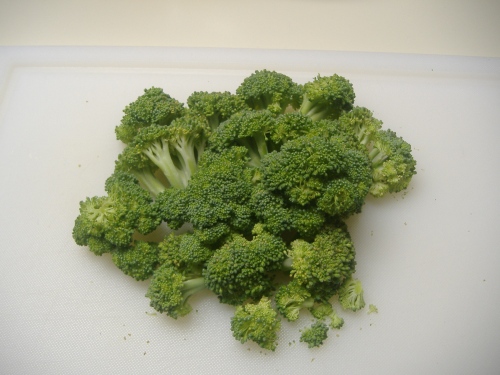
Blanching is the process of partially cooking food, usually vegetables, by submerging them in rapidly boiling, heavily salted water for a short period of time. The goal of blanching is not to fully cook the vegetable, but to partially cook it in an effort to preserve its texture and flavor. The water is heavily salted to bring out the vegetable’s flavor. How heavily salted should it be? Think ocean salty.
Cooking time will vary depending on the vegetable – carrots because they’re denser will take longer than a green bean or broccoli – but all vegetables will give you a pretty clear visual cue when they’re ready to be removed from the water. When a vegetable is properly blanched, it will turn the brightest shade of whatever color it naturally is. Broccoli will turn bright green, carrots bright orange, even cauliflower will wake up to a brighter shade of beige.
Blanched veggies should be softer than when you started out, but should still have some bite to them. The term ‘crisp-tender’ is often used in recipes to describe the texture properly blanched vegetables should have.
Once vegetables are removed from the hot water, they should be shocked, or submerged in ice cold water, to stop them from continuing to cook. Be careful not to leave them in the cold water too long or you’ll lose the brilliant color and they’ll become soft. I’ll admit that I rarely fill a large bowl with ice and cold water to shock my vegetables. (I’m lazy.) Instead, I’ll run cold water over them until they’re at room temperature. This usually takes about 20-30 seconds.

Blanching is often a first step in the cooking process. It’s usually followed by sautéing the vegetables to rewarm them, although blanched vegetables may be eaten as is. If you are cooking your vegetables further, make sure you let them drain completely or pat them dry before moving on. You don’t want that extra moisture to ruin the texture of your dish.
The term blanch can also be used to refer to partially cooking foods in hot oil, but that’s another story…
